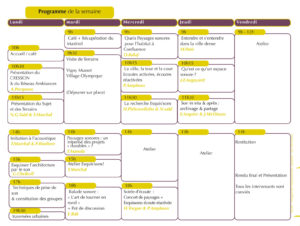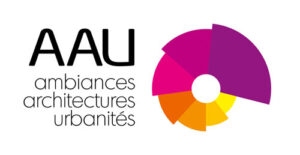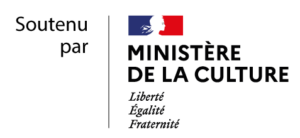
Location
Grenoble, France
Dense urban form proposes a specific architectural language in which aspects such as building heights, shared spaces or more generally the question of interfaces play an important role in constituting ordinary listening and changing sound practices. Providing a dynamic relation to the surrounding, varying from ground to sky, from near to far or from intimacy to exposure, the dense habitat brings out remarkable listening situations: bird-eye listening, immersion, enclosure, panoramic soundscape, dual listening, acoustic exposure or recess.
What potentials can this density offer to residents and inhabitants in terms of sonic qualities? In this winter school, we will work on the pairing space-sound focusing on two archetypal dense urban forms: towers and courtyards, defining therefore protrusions and hollows. The interfaces located at the articulation between private and public spaces, such as balconies, loggias, corridors and landings, form shared sound spaces. They are as much configured by the sound qualities of the street as they themselves configure the sound qualities of the latter. It is in this reciprocal exchange that we shall consider these liminal spaces, in the way that they redraw new acoustic arenas and negotiate their intimacy with public spaces.
In dialogue with the existing environment, we will sketch sound atmospheres based on “Esquis’Sons”, a tool developed at CRESSON http://www.esquissons.fr/. This tool allows for auralization in real time of different audio-spatial interventions scenarios through varying certain parameters such as spatial configurations, locations and type of sound sources or listening points. By associating in situ sound recordings, representations, manipulations and sketches, the intension is to explore sounds in order to create an atmosphere.
Contact
Noha G. Said
Emails : said.n@grenoble.archi.fr / n.gamalsaid@gmail.com




